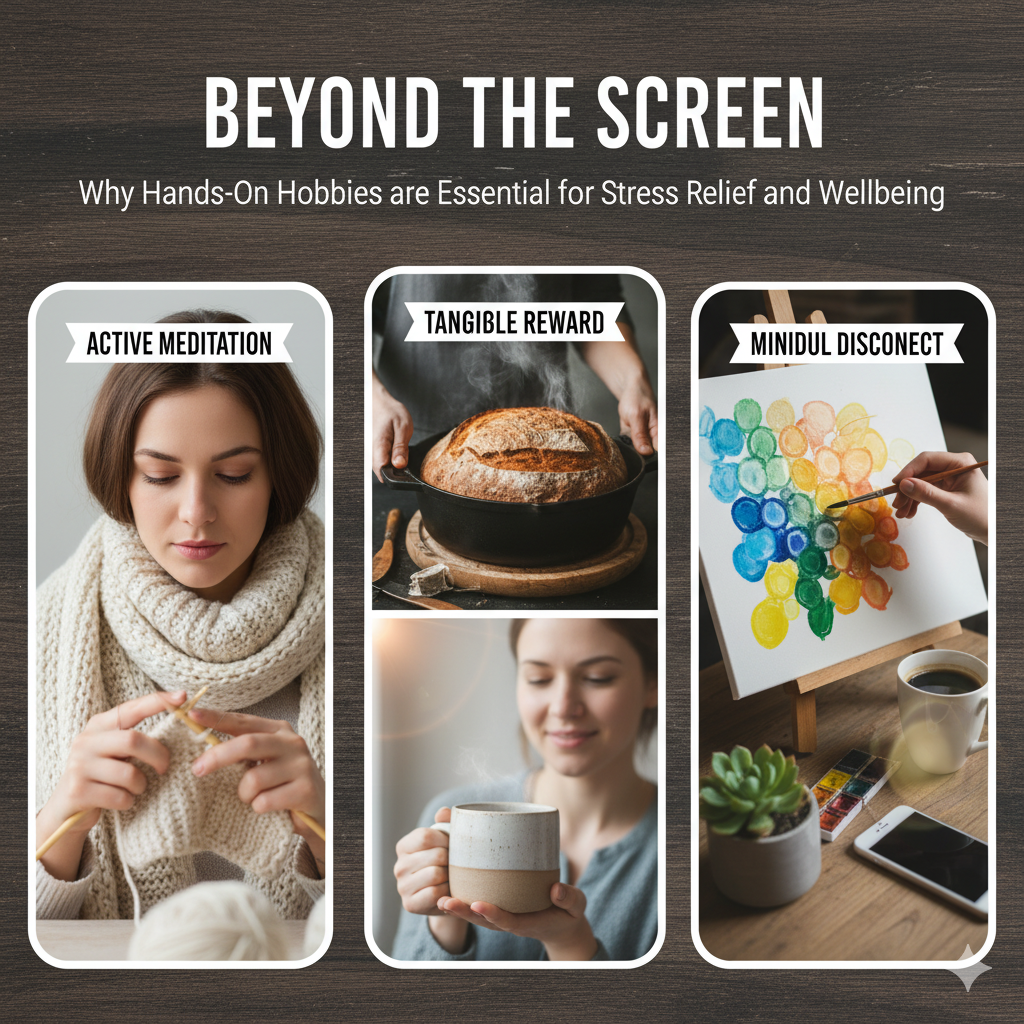
For thousands of years, people and animals have had a close, frequently subtle interaction. We accept dogs, cats, and many other animals into our homes as real members of our family rather than as pets. Despite the obvious emotional support we receive, the depth of this relationship transcends sentimentality; it is a scientifically supported reality with measurable, substantial impacts on our mental and physical well-being. The human-animal bond is a potent, organic therapy that keeps us in the moment. Playing catch with a dog or even touching a cat triggers a complex cascade of neurochemical reactions.
Often lovingly referred to as the “love hormone” or the “cuddle chemical,” oxytocin is the biological key to this relationship. A measurable increase in oxytocin levels is experienced by both of you when you engage in good interactions with your partner, such as caressing your cat or making eye contact with your dog. By fostering emotions of trust and attachment, this essential hormone successfully lowers blood pressure and heart rate. At the same time, these interactions actively lower cortisol levels, which are the body’s main stress hormone. Pets actively lower your tension and anxiety on a measurable chemical level, as demonstrated by this instant physiological reaction.
In addition to the chemical interaction, pets serve as essential anchors for our daily routines and mental health. Taking care of an animal, whether it’s a dog’s daily walk or a cat’s regular feeding, imposes an inevitable and calming framework for those with busy schedules. These inevitable routines prevent the kind of isolation that often defines modern life and promote necessary exercise by interspersing long stretches of sedentary labor. Pets also offer a constant, nonjudgmental presence and a source of unconditional acceptance, both of which are powerful defenses against loneliness and social anxiety.
The bond between humans and animals is ultimately changed from one of friendship to a strategic investment in health when the science behind the relationship is understood. Your overall health benefits from these unique relationships through planned activity, vital emotional support, and a noticeable biochemical boost. By attention to our animal friends’ needs and being present in our interactions with them, we can ensure that the love we give them is returned not only with purrs and tail wags but also with quantifiable decreases in stress and an uptick in resilience and delight.
